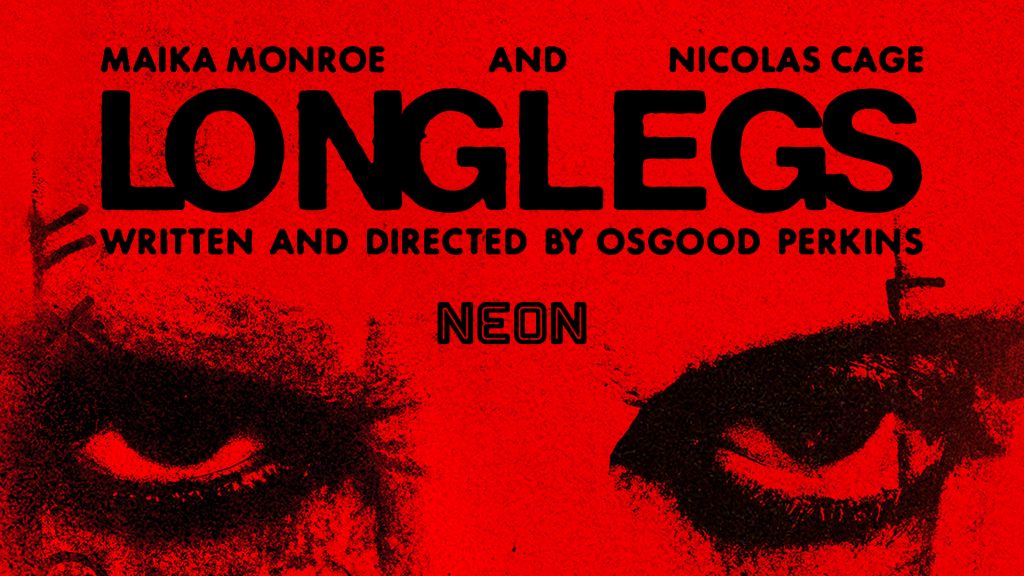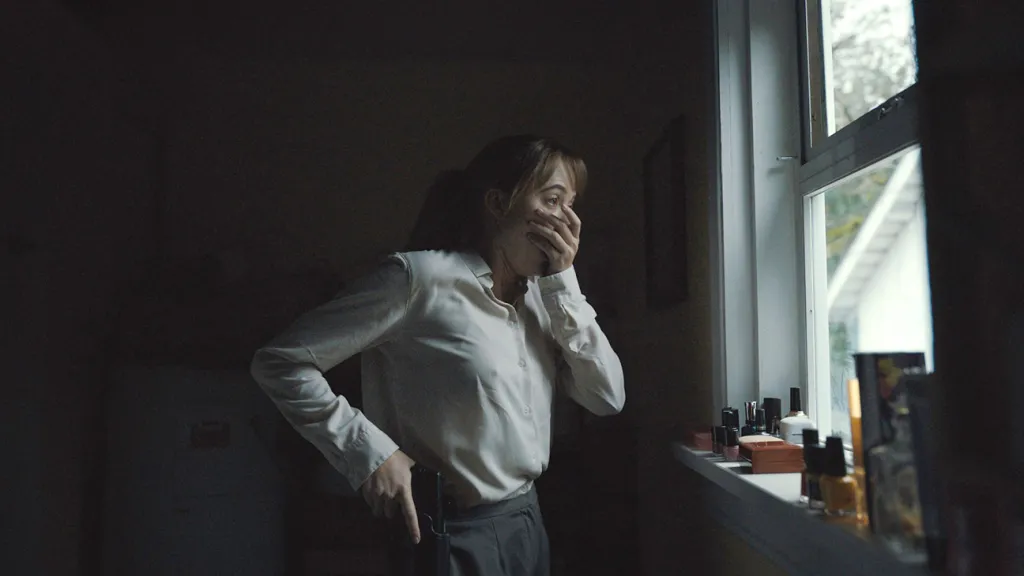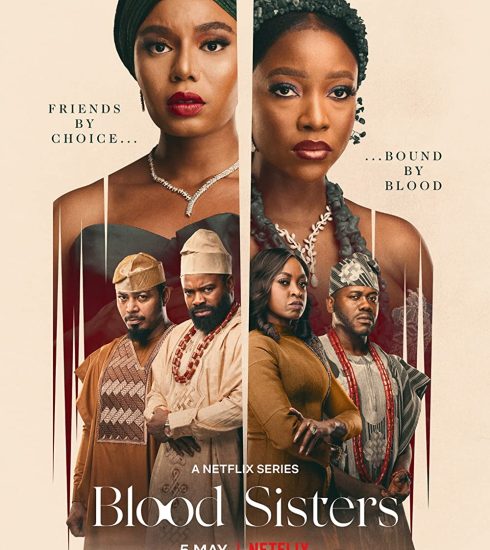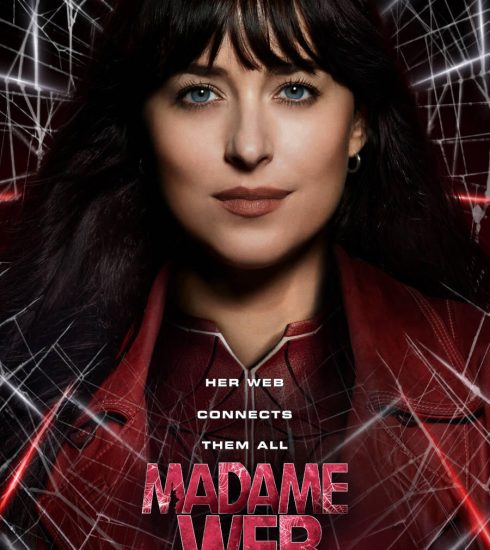Movie Review: Longlegs
Osgood “Oz” Perkins’s fourth (and best) film as director begins and ends with references to 1970s rock stars. Perkins told his writers that he was interested in what happens when glam rock “rots a little bit.” That’s a uniquely creepy idea—all those awful secrets that came out when the stars of the 70s curdled.
You can see something of that in Nicolas Cage’s portrayal of the eponymous serial killer. Wan and bloated, voice wavering in demented upper registers, Longlegs dwells on the other side of fabulousness. You can imagine a less-heightened version stumbling into court as the case against his venal, sexually abusive manager continues.
The film is, however, very much set in the 1990s. Maika Monroe, never better, plays Lee Harker, an FBI agent tasked with tracking down the perpetrator of linked family slayings. Cinematographer Andrés Arochi shoots in the washed-out shades that came into vogue as that decade’s defining uncertainties ramped up.
 Of course, more than anything, Longlegs is enjoying its relationship with Silence of the Lambs. Expect to see the camera look back at Harker as she moves through glum spaces with her pistol extended. The connection is not overstrained, but there is an enjoyable wallow in shared disquiet across the decades.
Of course, more than anything, Longlegs is enjoying its relationship with Silence of the Lambs. Expect to see the camera look back at Harker as she moves through glum spaces with her pistol extended. The connection is not overstrained, but there is an enjoyable wallow in shared disquiet across the decades.
None of which should detract from the singular oddness of Perkins’s approach. The film offers both a relentless accumulation of gothic perversion and a masterclass in more oblique schools of unease. Few films this year have eased in to their core narrative with greater confidence. Following a chilling retro throat-clear, we get to see agent Harker driving through a suburban limbo in search of a suspect. She senses a presence behind one of the facades and leads us towards a catastrophe.
Longlegs is not afraid to embrace a touch of the supernatural. Harker’s boss (Blair Underwood, enjoying the grumpy cliches) drags her in to investigate the most mysterious of serial crimes. Seemingly average people have turned on their families and chopped them into mincemeat.
 The initial linking factor – extreme violence aside – is a coded letter at the scene signed by the mysterious Longlegs. Perkins and his team have fun working through the conventions of the detective genre. There is a great deal of squinting at stubbornly unyielding scraps of paper in underlit basements. We get more than a few promising breakthroughs.
The initial linking factor – extreme violence aside – is a coded letter at the scene signed by the mysterious Longlegs. Perkins and his team have fun working through the conventions of the detective genre. There is a great deal of squinting at stubbornly unyielding scraps of paper in underlit basements. We get more than a few promising breakthroughs.
As the film progresses, it takes a few too many turns towards broader shocks. I refuse to believe that, even so far back as the 1990s, anyone would happily welcome a scary, stary doll into their home. And, much as we love Cage in such things, nobody here is likely to describe his turn as subtle. He has fun. We have fun. But some of that fun is the sort you encounter on a ghost train.
Longlegs really excels in the shadowy passages between more explicit atrocities. The sound design hums and buzzes with sub-ambient threats. Uncertain shapes appear in the deep background. Monroe is first-rate – pecking at her words like a nervous bird pecking at crumbs – as a woman who fears her own abilities almost as much as the larger satanic threat. Perkins’s taste for altering aspect ratios assists the jump from guilty past to awful present.
Yes, the pulpy mythologies sometimes overshadow that carefully maintained mood. But it remains quite a mood. Hokum as high art.
8/10
Boluwatife Adesina is a media writer and the helmer of the Downtown Review page. He’s probably in a cinema near you.






